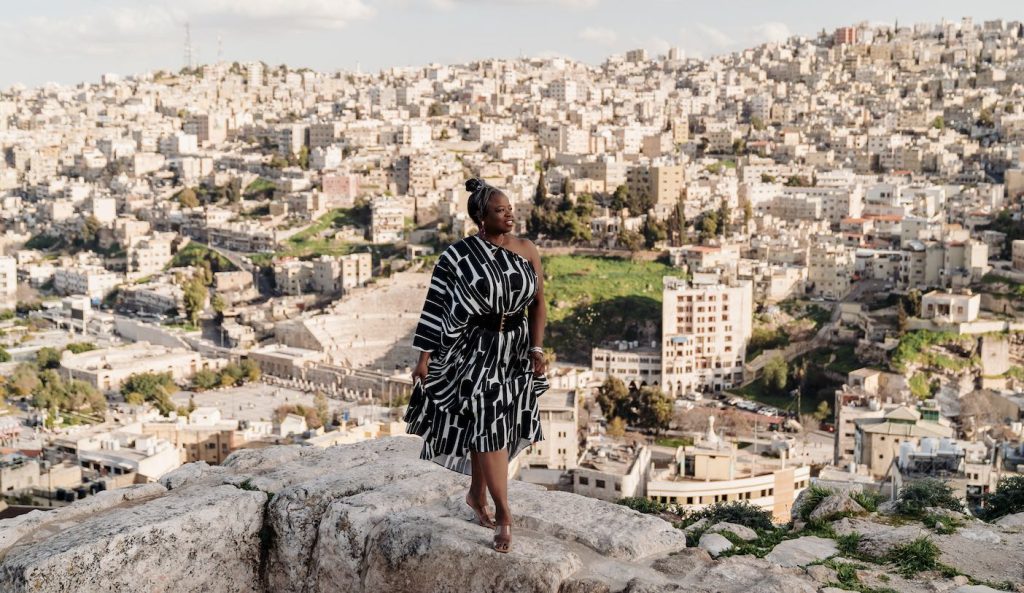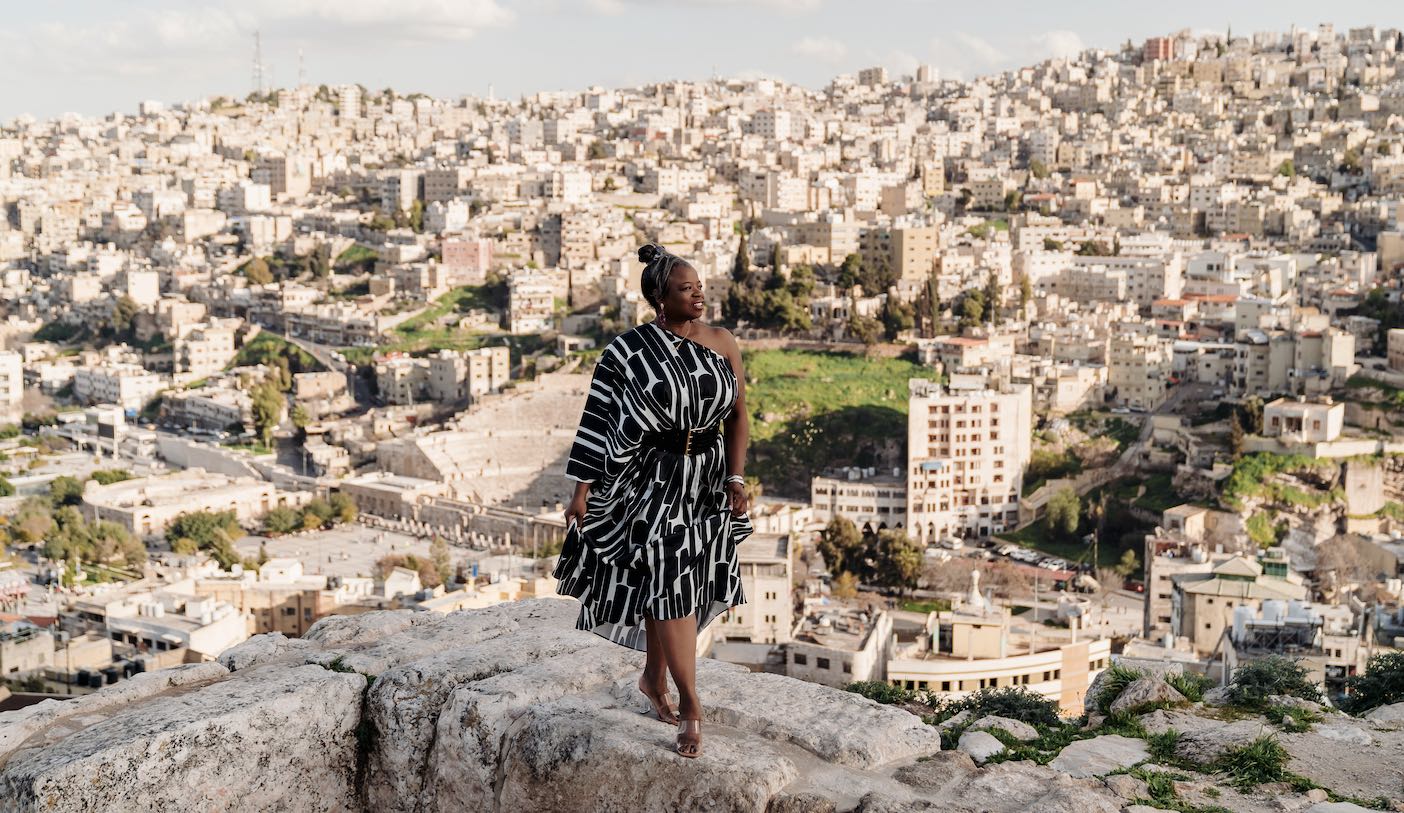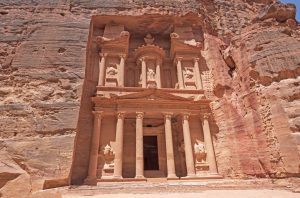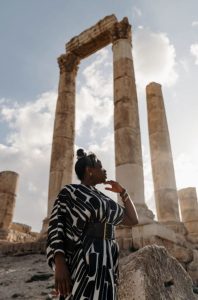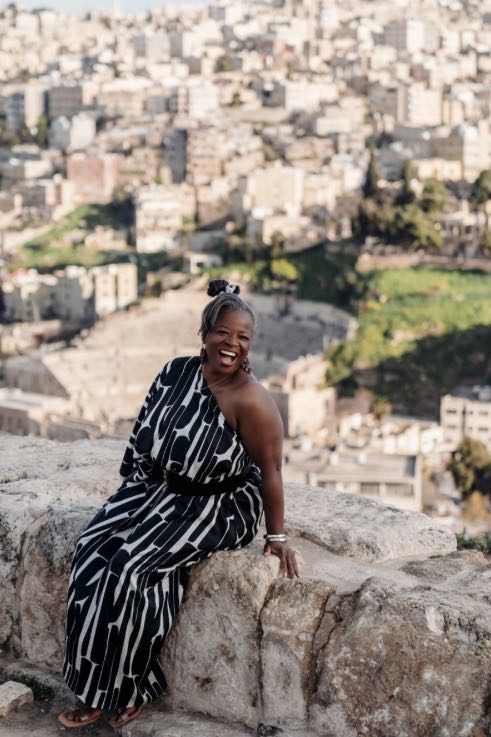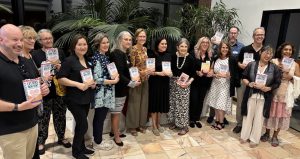Nestled in the heart of the Middle East, the Hashemite Kingdom of Jordan stands as a remarkable testament to cultural diversity, historical richness and harmonious coexistence.
Despite its modest size and challenging geopolitical environment, Jordan’s tapestry of civilizations — both ancient and modern — creates a vibrant, multicultural identity that distinguishes it as one of the most fascinating countries in the region.
Jordan’s beauty lies not only in its breathtaking landscapes, from the sweeping desert of Wadi Rum to the tranquil waters of the Dead Sea, but also in the deep-rooted multiculturalism that defines its society.
SUCCESSION OF CIVILIZATIONS
The land that is now modern-day Jordan has been home to a succession of civilizations including the Nabataeans, Romans, Byzantines and Umayyads. This history is vividly etched into the landscape, most notably in Petra, a UNESCO World Heritage Site and one of the New Seven Wonders of the World. Carved into rose-colored rock by the Nabataeans more than 2,000 years ago, Petra represents a cultural fusion of Eastern traditions and Hellenistic architecture, a symbol of Jordan’s historical role as a bridge between continents and cultures.
If you ever visit Petra on horseback, don’t be surprised if you start involuntarily humming John Williams’ “Raiders of the Lost Ark” theme, as scenes from the 1989 movie “Indiana Jones and the Last Crusade” were actually filmed there.
Equally telling is Jerash, often referred to as the “Pompeii of the East.” Here, Roman colonnaded streets, temples and theaters reflect the Greco-Roman influence, yet coexist with early Islamic art and structures nearby.
This coexistence continues in Amman, the capital city, where modern skyscrapers rise beside ancient citadels and mosques, encapsulating the nation’s blend of past and present.
Jordan is home to a diverse population that includes Arabs, Circassians and Armenians, among others. Many of these communities settled in Jordan centuries ago, fleeing persecution or seeking refuge, and were welcomed into the national fabric. For example, the Circassians, who arrived in the late 19th century from the Caucasus, have maintained their language, traditions and even traditional dress, while also playing significant roles in Jordanian society and government.
RELIGIOUS DIVERSITY
Religious diversity is another cornerstone of Jordan’s multicultural identity. While the majority of Jordanians are Sunni Muslims, the country is known for its religious tolerance and peaceful coexistence. A significant Christian minority — comprising various denominations such as Greek Orthodox, Roman Catholic and Armenian Apostolic — lives and worships freely.
Jordan’s role as custodian of Christian and Islamic holy sites further reinforces its image as a nation of spiritual inclusivity. Sites such as Mount Nebo, where Moses is believed to have viewed the Promised Land, and Bethany Beyond the Jordan, the site of Jesus’ baptism, draw pilgrims from around the world.
One of the most profound demonstrations of Jordan’s multicultural character is its longstanding role as a safe haven for refugees.
The country has opened its doors to waves of displaced peoples — from Palestinians in 1948 and 1967, to Iraqis in the early 2000s and Syrians since the outbreak of civil war in 2011. While the influx has undoubtedly placed strains on resources, it has also enriched Jordan’s cultural landscape, introducing new traditions, dialects, cuisines and artistic expressions that have been woven into the national identity.
CUISINE
Jordanian cuisine itself tells another story: The national dish, mansaf, reflects Bedouin roots and Jordanian hospitality, while other popular dishes — such as kibbeh, tabbouleh and maqluba — carry influences from neighboring Lebanon, Syria and Palestine. The Circassian dish shashlik and the Armenian lahmajoun are still prepared in communities that preserve these distinct culinary heritages. Food in Jordan is more than sustenance; it’s a celebration of diversity and community.
In contemporary Jordan, multiculturalism continues to thrive through art, education and public life. The capital, Amman, is a melting pot where traditional crafts like mosaic-making and weaving are kept alive alongside modern galleries, music festivals and literary events that feature artists from around the world. Institutions like the Royal Film Commission and Amman Design Week promote dialogue across cultures and foster innovation rooted in tradition.
One of the most profound demonstrations of Jordan’s multicultural character is its longstanding role as a safe haven for refugees.
Furthermore, Jordan’s emphasis on education, dialogue and youth engagement ensures that multiple cultures are not only preserved but celebrated. Programs that promote intercultural understanding and community service are widespread, helping to build bridges between different groups and generations.
HARMONIZING THE OLD WITH THE NEW
Jordan’s beauty lies in its unique ability to embrace and harmonize the old with the new, the local with the foreign, and the traditional with the progressive. Its history is a chronicle of civilizations interacting, overlapping and enriching one another.
Jordan’s people — diverse in origin, faith and language — stand as a testament to resilience and unity. In a region often characterized by conflict, the country offers a powerful example of coexistence, tolerance and cultural pride.
Whether through its ancient ruins, diverse communities or warm hospitality, Jordan continues to inspire those who visit or call it home with its enduring multicultural spirit.
To learn more about all the delights that joyful Jordan has to offer, go to visitjordan.com.
